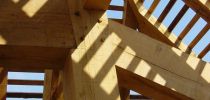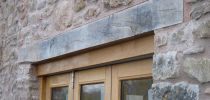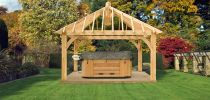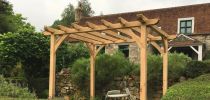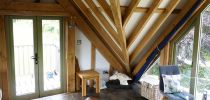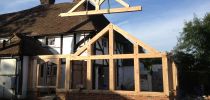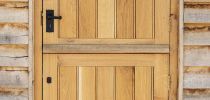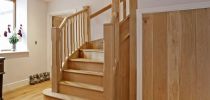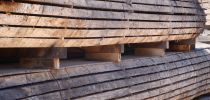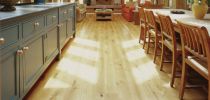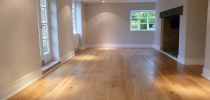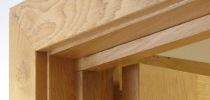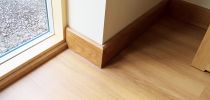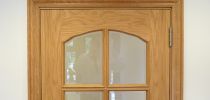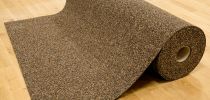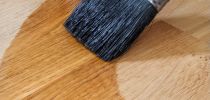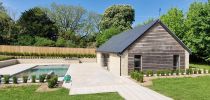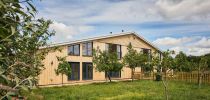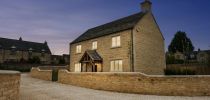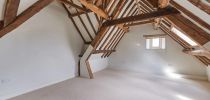

Acclimatising Oak Flooring
Learn about the art and science of acclimatising oak flooring
10th October 2023
Oak flooring is a timeless and elegant choice for homes and commercial spaces. Its durability, warmth, and classic appearance make it a favourite among homeowners and interior designers alike. However, the installation of oak flooring is not just about choosing the right wood and finish. One crucial but often overlooked step is acclimatisation. Read on to find out more about the importance of acclimatisation when installing oak flooring and ensure your oak flooring remains beautiful and stable for years to come.
Understanding Acclimatisation
Acclimatisation, in the context of oak flooring, refers to the process of allowing the wood to adjust to the environmental conditions of its installation site before it is installed. This is essential because wood is a natural material that expands and contracts in response to changes in temperature and humidity. If oak flooring is not properly acclimatized, it can warp, buckle, or develop gaps once it is installed. To prevent these issues, it is crucial to follow a few key steps.
Timing Is Everything
The acclimatisation process should start well before the oak flooring is actually installed. Ideally, the wood should be stored in the room where it will be installed for a minimum of 48 hours. This allows the wood to adjust to the temperature and humidity levels of its new environment. It's important to note that this timeframe can vary depending on the specific conditions of the installation site, so consulting with a professional is advisable.
Control the Environment
To ensure proper acclimatisation, it's essential to maintain a stable environment during this period. Keep the room at the same temperature and humidity levels that will be present once the flooring is installed. This may require using dehumidifiers, humidifiers, or HVAC systems to control the conditions.
Open the Boxes
During acclimatisation, it is recommended to open the boxes or packaging that the oak flooring comes in. This allows air to circulate around the individual planks and aids in the equalisation of moisture content. Stack the planks with spacers between them to prevent any warping or distortion.
Measure Moisture Content
Use a moisture meter to monitor the moisture content of both the oak flooring and the subfloor. The goal is to achieve a moisture balance between the two surfaces. Most experts recommend a moisture difference of no more than 2-4% between the oak flooring and the subfloor.
Professional Assessment
It's a good practice to consult with a professional flooring installer or contractor who can assess the specific conditions of your installation site and recommend the appropriate acclimatisation period and measures.
To wrap up...
Acclimatisation is a crucial step in ensuring the long-term stability and beauty of your oak flooring. By allowing the wood to adapt to its new environment, you can prevent common issues such as warping, buckling, and gaps. Remember to start the acclimatisation process well in advance, control the environment, measure moisture content, and seek professional guidance if necessary. With proper acclimatisation, your oak flooring will not only enhance the aesthetics of your space but also stand the test of time, providing you with years of beauty and functionality.

